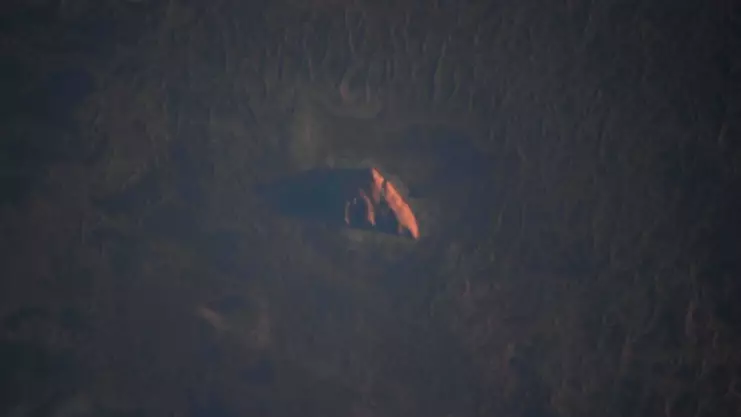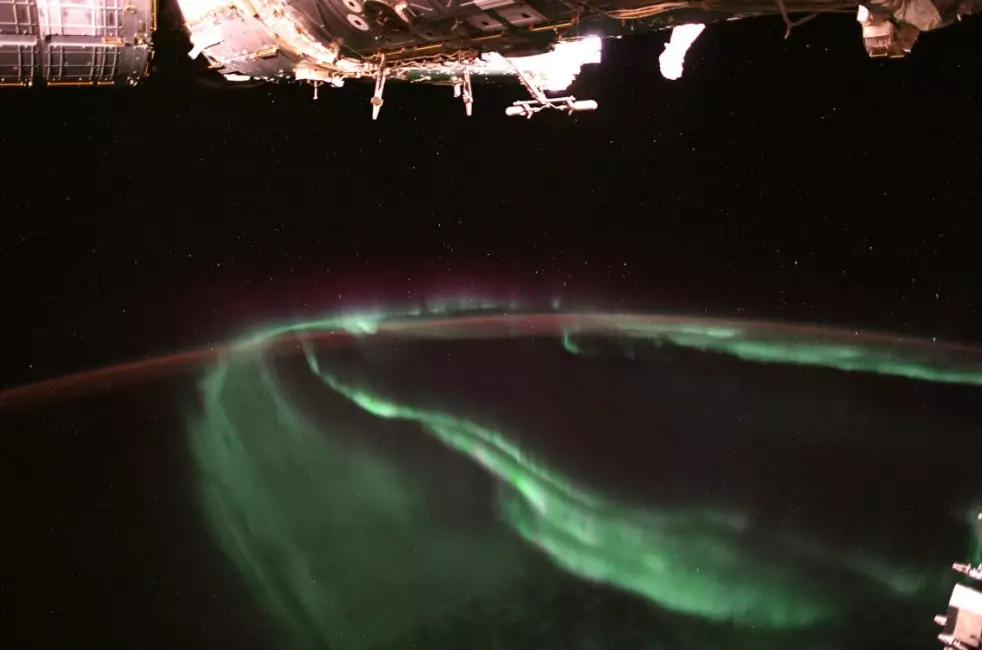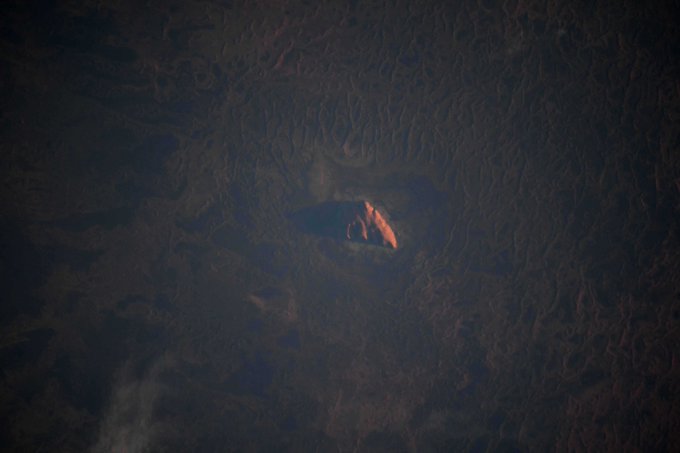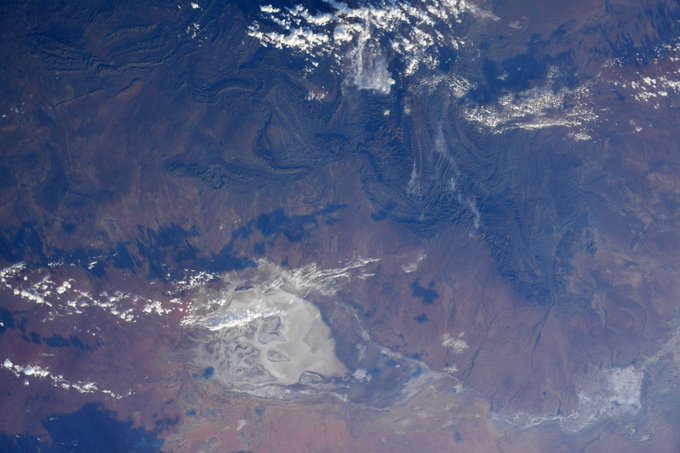
Everyone used to say that the Great Wall of China was the only manmade structure that you could see from space.
It was kind of a throwaway line because while you could certainly see it from outside Earth's atmosphere, no one ever really specified how far you could see it from. Like, you wouldn't be able to see it from the moon or anything like that.

But there are a lot of things that astronauts can see from the International Space Station.
Many men and women floating in the ISS have dedicated their time to posting photos of our planet onto social media so that us mere mortals can see what they see every day.
One of those astronauts, Canadian born David Saint-Jacques took a happy snap of our Uluru and it is simply breathtaking.
Take it in ladies and gents, that is some serious Australiana for you right there.
Saint-Jacques wrote on Twitter: "Sunrise over the sacred Uluru, a.k.a Ayers Rock of central Australia. I was impressed how easy it was to spot from space."
To be honest, so are we David, so are we.
Advert
It's not the first picture he's posted of our beautiful country, with another image of central Australia getting hundreds of likes.
While these things are all pretty cool, they don't come close to what the International Space Station captured over the top of Earth.
Alexander Gerst, a German astronaut with NASA, send out the images via his Twitter feed with the caption: "Mind-blowing, every single time. I wonder what early explorers thought when they first saw an aurora without ever having heard about it..."
Aurora Borealis, as the Northern Lights are properly known, is a natural phenomenon that occurs because of reactions between the Earth's magnetic field and charged particles in the wind.

"Auroras are one effect of such energetic particles, which can speed out from the sun both in a steady stream called the solar wind and due to giant eruptions known as coronal mass ejections," said a NASA spokesman.
"After a trip toward Earth that can last two or three days, the solar particles and magnetic fields cause the release of particles already trapped near Earth, which in turn trigger reactions in the upper atmosphere in which oxygen and nitrogen molecules release photons of light."
While it might be pretty isolating being up in the ISS for months at a time, this is certainly a perk of the job.
Featured Image Credit: David Saint-Jacques/TwitterTopics: Interesting, Community, space, Australia

